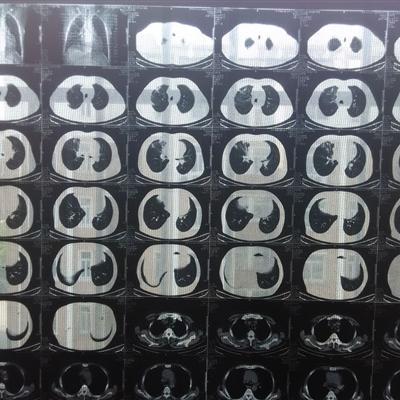What are the causes of cerebral hemorrhage in children?
summary
Intracerebral hemorrhage (ICH), also known as hemorrhagic cerebrovascular disease or hemorrhagic stroke, is caused by blood spilling into the cranial cavity due to cerebral vascular rupture. Ich can be divided into cerebral hemorrhage, subarachnoid hemorrhage and subdural hemorrhage. No matter what the cause of intracranial hemorrhage in children, the clinical manifestations are quite similar, but the prognosis depends on different causes, and whether the diagnosis and treatment is timely is also a key factor directly affecting the prognosis. What are the causes of cerebral hemorrhage in children?
What are the causes of cerebral hemorrhage in children?
1. Many blood diseases, cerebral vascular dysplasia and other intracranial and extracranial diseases are related to the occurrence of ICH in children. The etiology can be single or combined. Common in craniocerebral trauma, neonatal birth injury, hypoxia often lead to intracranial hemorrhage. Thrombocytopenic purpura, aplastic anemia, hemophilia, leukemia, brain tumor, delayed vitamin K deficiency and so on, also often cause intracranial hemorrhage.
2. Cerebrovascular malformation is one of the common causes of ICH in children, which can be divided into congenital, infectious and traumatic. Congenital cerebrovascular malformations include hemangioma and arteriovenous fistula. Infective cerebral arteriovenous malformations, such as intracranial bacterial or fungal aneurysms, are caused by infective emboli of infective endocarditis; Human immunodeficiency virus infection can also lead to the occurrence of intracranial aneurysms in children. Traumatic cerebral arteriovenous malformation is rare. Other types of cerebrovascular malformations include telangiectasia, cavernous hemangioma, leptomeningeal vein and capillary malformation, abnormal vascular network at the bottom of the brain and so on.
3. Hematopathy is an important cause of cerebrovascular disease in children, and ICH occurs in 2.2% - 7.4% of children with hemophilia. ICH occurred in 10% of children with idiopathic thrombocytopenic purpura. Other blood diseases such as leukemia, aplastic anemia, hemolytic anemia, disseminated intravascular coagulation, coagulation disorders, and complications of anticoagulant therapy can cause ICH.
matters needing attention
Should be bed rest, keep quiet, reduce moving. If the patient needs to be moved due to special circumstances (emergency examination and surgical treatment, etc.), the head should be kept fixed. For comatose children, they should be placed in lateral position to keep their respiratory tract unobstructed. In case of high heat, the temperature should be lowered in time. If headache, irritability, can give appropriate sedative. Pay attention to keep water electrolyte acid-base balance and sufficient heat supply. We should pay attention to correct hypotension and raise the blood pressure to an appropriate level for neonatal periventricular intraventricular hemorrhage.











